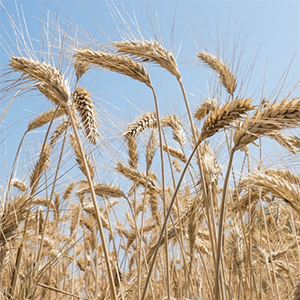Effects of seed pre-soaking on bioactive phytochemical levels of wheat and barley microgreens grown under hydroponics versus organic soil conditions

HTML: 141
All claims expressed in this article are solely those of the authors and do not necessarily represent those of their affiliated organizations, or those of the publisher, the editors and the reviewers. Any product that may be evaluated in this article or claim that may be made by its manufacturer is not guaranteed or endorsed by the publisher.
This study was conducted to examine the effects of seed presoaking on bioactive phytochemicals in barley and wheat microgreens grown under two different growing media, i.e., hydroponics and organic soil. Microgreens were cultivated for 12 days in a plant growth chamber consistent with the following: light-dark interval (12/12 hours), light-dark temperature (20/15°C), light intensity (150 μmol‧m–2‧s–1), and relative humidity (60%). Both wheat and barley microgreens grown in organic soil from presoaked seeds showed increased levels of bioactive compounds, especially carotenoids, flavonoids, phenolics, total vitamin C, and anthocyanins. Antioxidant activities [2,2-diphenyl-1-picrylhydrazyl, 2,2’-azino-bis (3-ethylbenzothiazoline-6-sulfonic acid) radical scavenging activity, nitrite scavenging activity, and superoxide dismutase (SOD)-like activity] and antioxidant enzymes (catalase activity, glutathione reductase, and guaiacol peroxidase activity) were highest in both barley and wheat microgreens grown in organic soil from pre-soaked seeds.
How to Cite

This work is licensed under a Creative Commons Attribution-NonCommercial 4.0 International License.
PAGEPress has chosen to apply the Creative Commons Attribution NonCommercial 4.0 International License (CC BY-NC 4.0) to all manuscripts to be published.

 https://doi.org/10.4081/ija.2023.2183
https://doi.org/10.4081/ija.2023.2183



